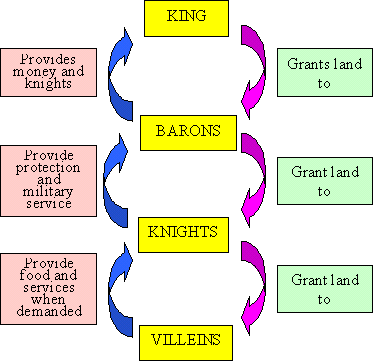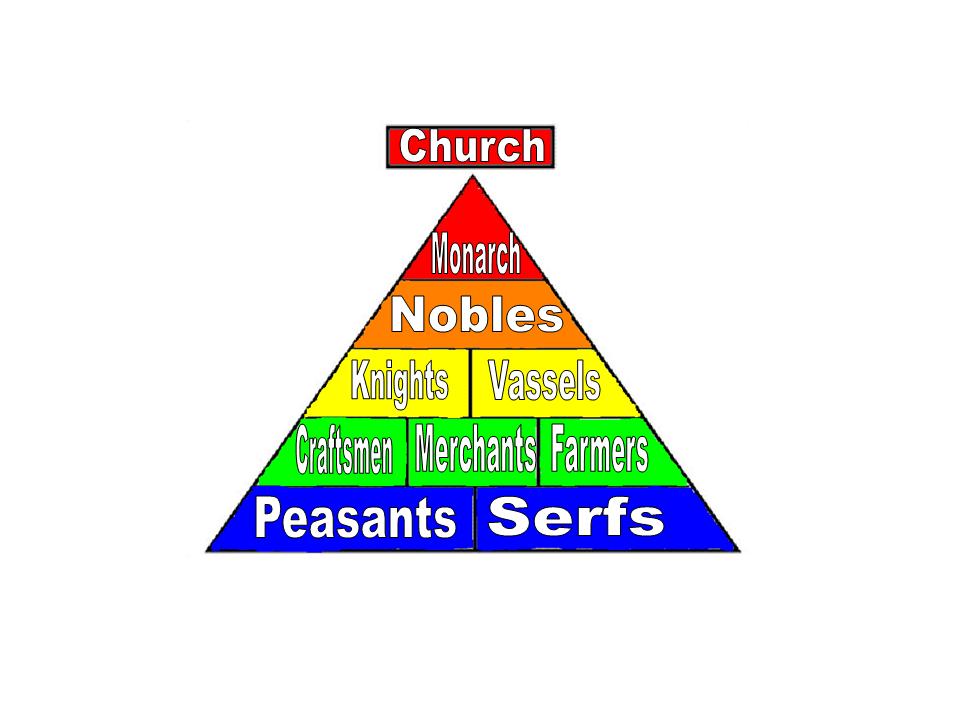
To maintain power and forestall any attempt to usurp his authority, a Germanic king would grant lands to his nobles in return for their pledging military support when the king summoned it. These tribes, under the collective designation “Germanic,” though they didn’t necessarily originate in what is now Germany, had their own local laws under their own rulers that didn’t answer to a centralized authority in Rome. But by the early 5th century, that division was becoming permanent – the eastern part prospered and eventually took the mantle of Roman authority, whereas the western part declined under repeated invasions from foreign tribes and officially ended in 476. At this point, the empire had already been divided into western and eastern parts by Diocletian, whose reign ended in 305. Let’s take a closer look.īefore roughly 400 AD, much of Western Europe was under the dominion of the Roman Empire. But for the mass of the populace it was quite oppressive, and by the end of the medieval period it had run its course. It produced a set of manners and norms – chivalry – and spawned an elegant form of literature that helped Europeans capture and develop pride in their histories. 1998.Feudalism in Western Europe was a politico-economic system that created a social fabric with military obligations. The Middle Ages : an illustrated history by Barbara A. History of the World: The Early Middle Ages. Medieval Life: Eyewitness Books by Andrew Langley. Take a ten question quiz about this page.


570 - Muhammad, prophet of Islam is born.Clovis united most of the Frankish tribes that were part of Roman Province of Gaul. 481 - Clovis becomes King of the Franks.

This is the start of the Dark Ages or the Middle Ages. Now much of the land would fall into confusion as local kings and rulers tried to grab power.

Great leaders such as Joan of Arc and Charlemagne were part of the Middle Ages as well as major events such as the Black Plague and the rise of Islam. This was a time of castles and peasants, guilds and monasteries, cathedrals and crusades. That's 1000 years! It covers the time from the fall of the Roman Empire to the rise of the Ottoman Empire. The Middle Ages, or Medieval Times, in Europe was a long period of history from 500 AD to 1500 AD.


 0 kommentar(er)
0 kommentar(er)
